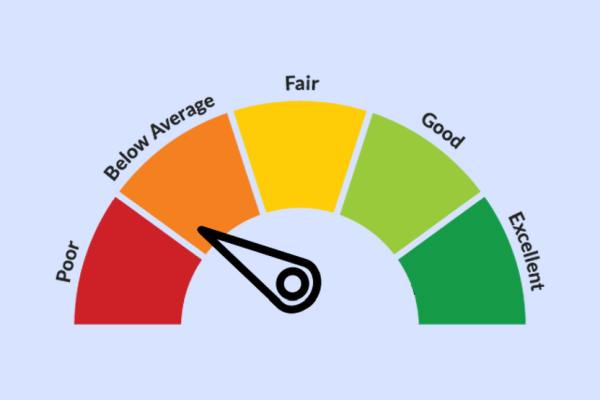Published on the 11/11/2020 | Written by Jonathan Cotton

Productivity has declined, but Microsoft may have a solution…
When the Covid-19 pandemic struck, the global economy was already coming off of a decade-long productivity slump: Productivity growth had peaked in 2007, but then the GFC struck, and since then, productivity growth in the developed world had remained stagnant.
The reason? Not just the Global Financial Crisis. From a slowing of working-age population growth to stalled education growth – not to mention the odd natural disaster and war – productivity has been a casualty in the last decade of uncertainty.
Is the Productivity Score a microscope for the whip crackers, but a bête noire for the minions?
“New Zealand’s productivity and income growth has been slow and disappointing for some time,” says The Productivity Commission’s March report, Employment, labour markets and income: Technological change and the future of work.
“Rather than treat technology as a threat, the country should embrace technology and take steps to encourage more adoption and diffusion, while looking after those adversely affected or less well equipped to adapt.”
Now, as we near the end of a deeply disrupted 2020, and stare down the coming recession, things may be about to get worse.
It might be good timing for Microsoft then, to launch a host of new features for its Microsoft Productivity Score tool, rolled out to help IT managers get a better insight into the on-the-job behavior.
Wondering how to measure that latest productivity initiative? Wondering if remote employees are on the tools? Can’t tell if and how employees are using the company software?
There’s now an app for all those things says Microsoft, at least for 365 users.
Released at the end of October, Microsoft’s updated ‘Productivity Score’ for 365 builds on Microsoft Graph data to measure and report on how your business’s workers are using your 365 applications. New categories of ‘meetings’ and ‘teamwork’ have been added to the content collaboration, mobility, network connectivity, communication categories already in Productivity Score.
The new functionality lets managers check, at a glance, whether meetings are following best-practice protocols, how an organisation is making use of shared workspaces like SharePoint team sites, how group mailboxes are being used and how Microsoft Teams is being used to share information and collaborate.
Feel like enforcing best-practice use of your company’s tech with an iron fist? Here’s your chance, with the new functionality offering hitherto-unseen visibility into if and how staff are using their Teams, OneDrive, SharePoint, Exchange and Yammer.
“Productivity Score identifies areas where you can offer people training to learn how to use the tools to their fullest capacity,” goes the spiel.
“Productivity Score leverages the depth and breadth of Microsoft 365 to give you visibility into how your organisation works, insights to identify where you can make improvements, and actions you can take to update skills and systems so that everyone can do their best work”.
Fancy checking whether people are actually using shared drives and not just sending attachments over email old school-style? Now you can.
IT departments can deep-dive into plenty of facets of a workers’ productivity, with reporting on how online meetings are being conducted (including whether the meeting was ad-hoc or scheduled ahead of time), and numbers on how people are using mobile devices to work anywhere, plus plenty more.
Performance is assessed as a score on a percentage scale, with more details (including current standing, how well a user has tracked in the last six months, and how that worker fares next to peers in the same industry), available at the click of a button.
So is the Productivity Score a microscope for the whip crackers, but a bête noire for the minions?
Microsoft says it ain’t so. Productivity Score limits the availability of specific information on individualised actions, and instead only analysing user-level data aggregated over a 28-day period. Simply put, employers can’t see what a specific employee is working on at a given time.
“Let me be clear: Productivity Score is not a work monitoring tool,” insists Jared Spataro, corporate vice president for Microsoft 365.
“Productivity Score is about discovering new ways of working, providing your people with great collaboration and technology experiences.
“It focuses on actionable insights about the ways in which people and teams are using the tools so you can make improvements or provide training to further your digital transformation.”



























